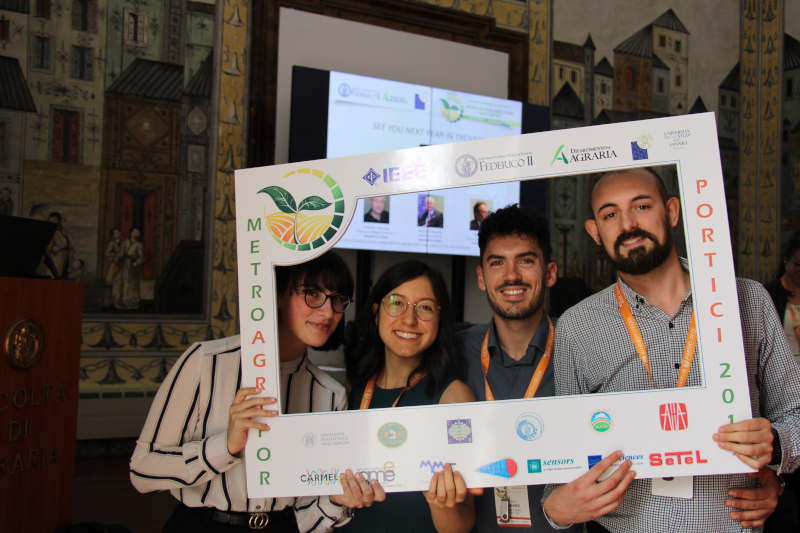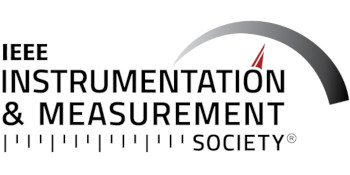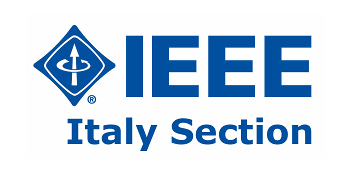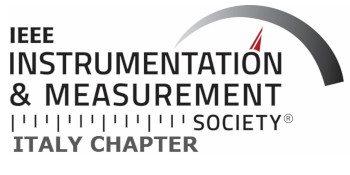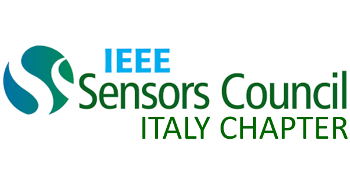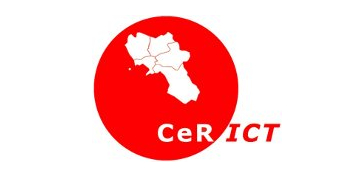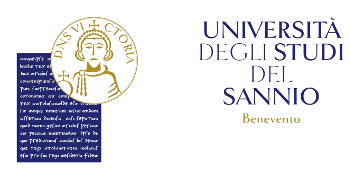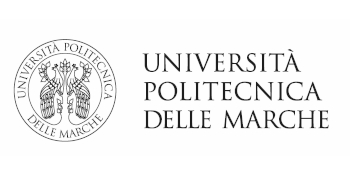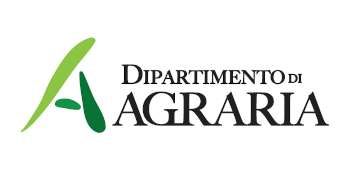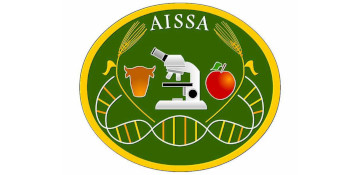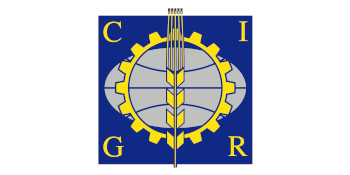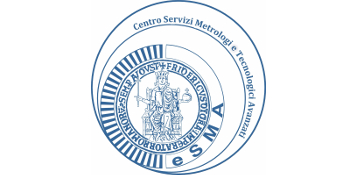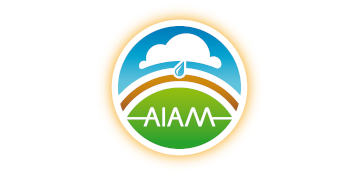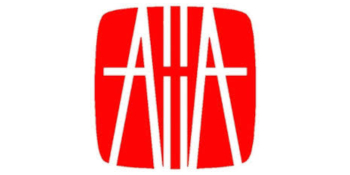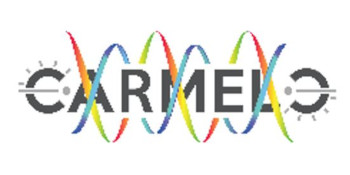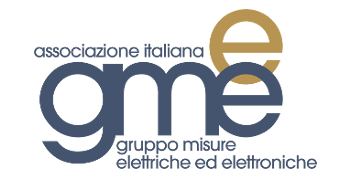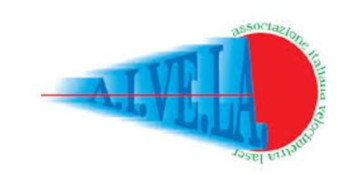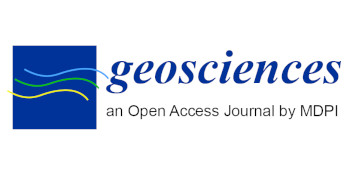Developments in geophysical methods for agriculture applications
26 October, 2019
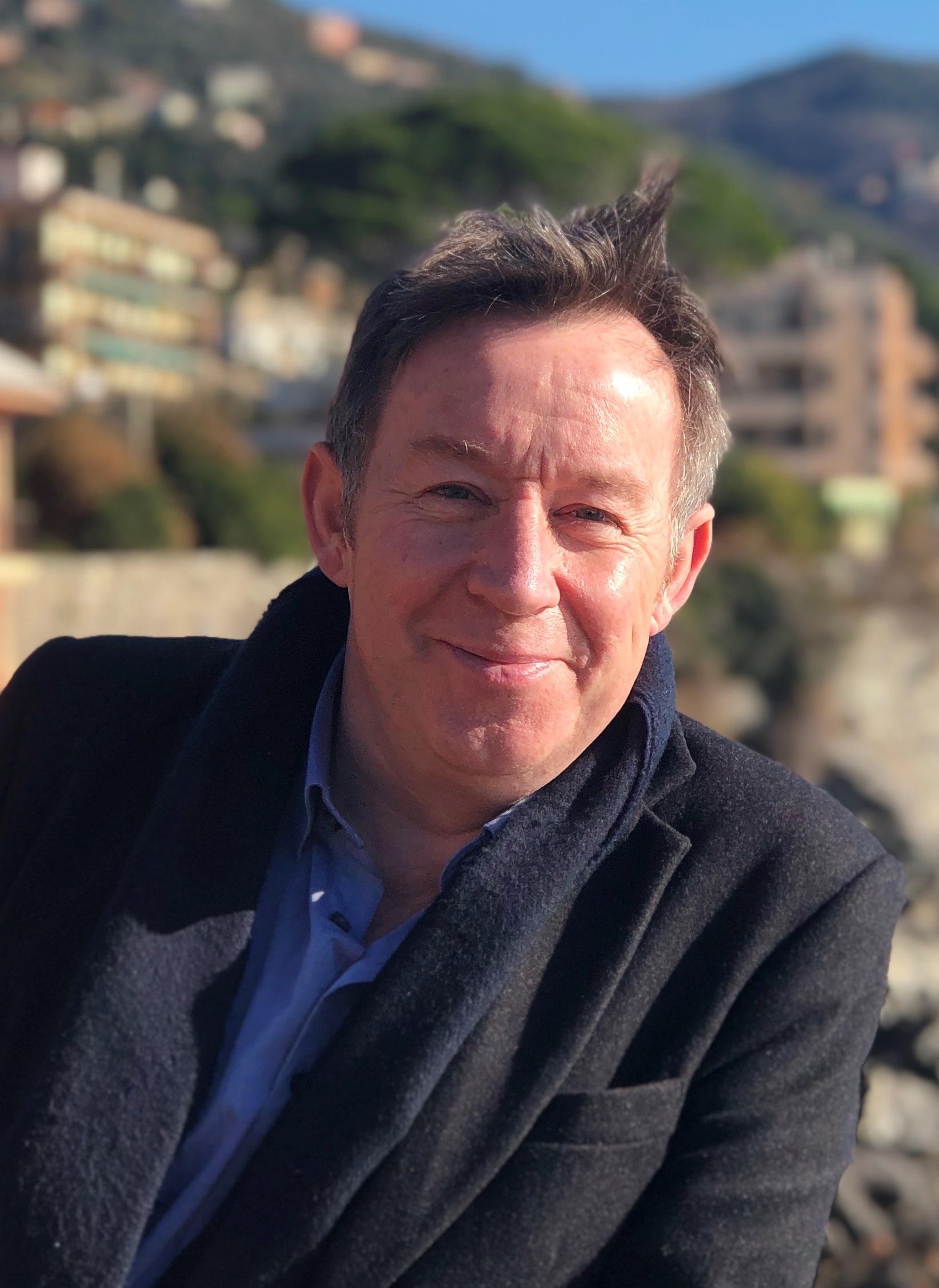
Andrew Binley
Lancaster Environment Centre, Lancaster University
United Kingdom
ABSTRACT
Geophysical methods permit the sensing of the subsurface environment in a minimally invasive manner. Originating from large scale mineral resource exploration, many techniques have been adapted for shallow investigations. Over the past decade there has been a rapid expansion in the use of geophysical techniques in agricultural studies given (1) their sensitivity to soil textural properties, water content and soil salinity; (2) their potential scalability. Developments in mobile sensors and monitoring systems have resulted up a wide range of tools for examining the shallow subsurface. Electrical and electromagnetic methods have proved to be effective in enhancing crop yield. Recent attempts have been made to utilise these methods in plant phenotyping. Advances in acoustic and magnetic resonance methods show promise for future agricultural applications. However, challenges remain, for example, accounting for ambiguity in observed geophysical properties and dealing with multiple sources of uncertainty. We review recent developments, outline current challenges and propose future research focus.
SPEAKER BIO
Andrew Binley is Professor of Hydrogeophysics in the Lancaster Environment Centre at Lancaster University UK. He completed a PhD in 3D modelling unsaturated flow in heterogeneous porous media in 1986 and then worked with Keith Beven at Lancaster on the development of tools for the estimation and reduction of uncertainty in hydrological models. This work led to the Generalised Likelihood Uncertainty Estimation (GLUE) methodology. In 1989 he obtained a lectureship at Lancaster University, in 1997 he became Senior Lecturer and in 2004 he was awarded a Personal Chair.
From the early 1990s he has been an active contributor to the field of hydrogeophysics, which has emerged over the past two decades. His research focuses on improved understanding of the transport of fluids within the shallow (top 100m) subsurface environment. Much of this work concentrates on the development of geophysical approaches to characterising the subsurface as a dynamic system, either through new algorithms for data assimilation or new insight into links between hydraulic and geophysical properties. Application areas currently include: groundwater-surface water interaction; plant-soil-water exchanges; nutrient transport in the vadose zone.
He is currently Associate Editor for Water Resources Research and Vadose Zone Journal. He has served as Associate Editor for Journal of Hydrology and Quarterly Journal of Engineering Geology and Hydrogeology. Between 2003 and 2008 Andrew served as Deputy Chair, and then Chair, of the American Geophysical Union Hydrogeophysics Committee.
In 2012 he was awarded the joint Society of Exploration Geophysicists (SEG)/ Environmental and Engineering Geophysical Society (EEGS) Frank Frischknecht Leadership Award for his long-term contributions to the field of near-surface geophysics. In 2013 he was elected Fellow of the American Geophysical Union (AGU).


